|
Yesterday I took three generations of women to Vitalina’s dairy to learn to make ricotta and then to Beatrice Salvi’s hotel for a lesson in baking a traditional Garfagnana ricotta pie. You can’t make ricotta unless you make cheese first, so the added bonus was they learned to make goat’s milk cheese too. Before we arrived Vitalina had spent 2 hours milking 70 of her goats. She heated 60 litres of unpasteurised milk to blood temperature and added rennet. By the time we arrived, the milk proteins had coagulated to a gel and were ready for Liz, one of the guests of Sapori e Saperi, to have a go at cutting it to separate the curds and whey. Vitalina showed Maggie and Abby how to gather the curd which turned out to be harder than they thought, but they had fun feeling around for the curd at the bottom of Vitalina’s grandfather’s tinned copper pot. Vitalina learned from her grandfather and father and makes goat’s milk cheese and ricotta twice a day. After a little experience it’s really very easy. Notice that the curd is white but the liquid in the pan is yellow. That’s the colour of whey. Now the ricotta lesson begins. Vitalina turns the burner on high to start ‘recooking’ the whey. Ricotta means recooked and it can only be made from the whey. That’s why you have to get all the cheese curds out before you can make it. And by the way, almost all the fat comes out with the curds. While the whey is heating up, Maggie helps Vitalina press the remaining whey out of the cheese and Vitalina adds the whey to the pot. When the whey gets near boiling, the albumin protein molecules in the whey denature, which means they open up to expose their connection points so they can attach to other molecules to form white strands, just like when you boil an egg and the previously clear egg white turns to solid white. The white strands are ricotta. Luckily they float so you don’t have to plunge your arms into boiling whey. You just skim them off the top and layer them gently in the ricotta mould. Vitalina gives us some warm ricotta to taste. Everyone exclaims in unison: ‘Delicious! It’s nothing like the ricotta we buy in the States. This is so much better.’ Since ricotta is virtually fat free, they’re also bewildered as to why in the States there are two types of ricotta: full fat and fat free. I’m bewildered too and cynically guess it’s a marketing ploy. If anyone knows the answer, please leave a comment. Clutching our precious ricotta we go to lunch at L’Altana, my favourite restaurant in Barga. The cooking is excellent, but what I love about it is that the staff are equally good. One of our group is coeliac, and as soon as I tell our waitress, she goes off and comes back with a menu on which the items without gluten are marked. Since the menu changes daily, she’s done it specially for us. Then we walk to Villa Moorings Hotel where the owner, Beatrice Salvi, teaches us to use our ricotta in the traditional Garfagnana torta squisita, which means ‘very delicious pie’. First we make pasta frolla, a sweet pastry made of flour, egg, sugar, baking powder and melted butter. It’s the basis of most pastry in our area. The eggs come from Beatrice’s father’s farm. The yolks are deep orange, nearly red, and the whites are yellow and thick. The filling is made of ricotta, eggs, sugar, chocolate chips and a little Sassolino, an anise-flavoured liqueur. Goat ricotta is ideal for filling ravioli, but Beatrice and I were worried that it would be too strong for the pie, and Beatrice had bought some industrial cow ricotta just in case. Everyone tasted both of them except Beatrice. She said she didn’t like ricotta! I’m afraid I’m a bit of a bully when it comes to tasting, and finally she took a tiny spoonful of our goat ricotta. I wish I’d got a photo of the smile on her face. The industrial ricotta was a tasteless paste by comparison. We used our artisan ricotta, and the torta squisita, topped with a thin meringue, was truly delicious.
0 Comments
Your comment will be posted after it is approved.
Leave a Reply. |
Email Subscription
Click to subscribe to this blog and receive notifications of new posts by email. AuthorErica Jarman Categories
All
Archives
October 2023
|
|
copyright 2017 sapori-e-saperi.com | all rights reserved
|
Website by Reata Strickland Design

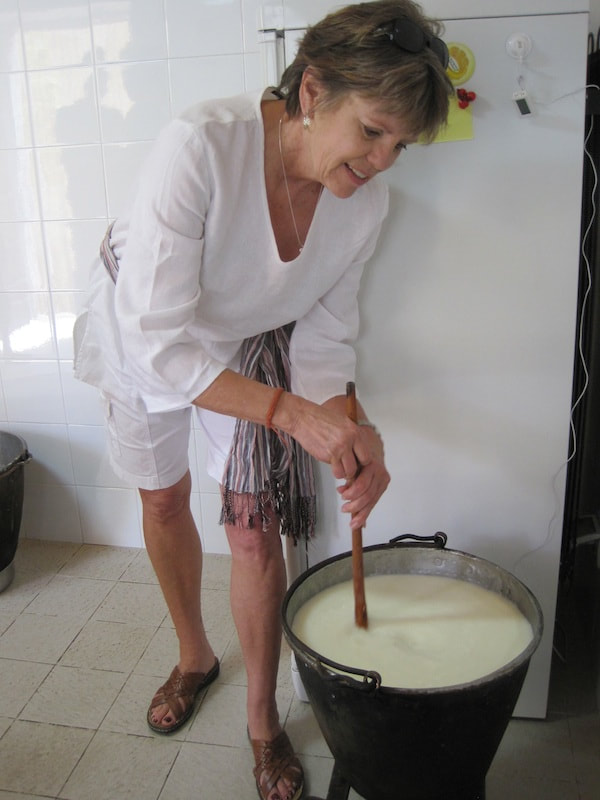
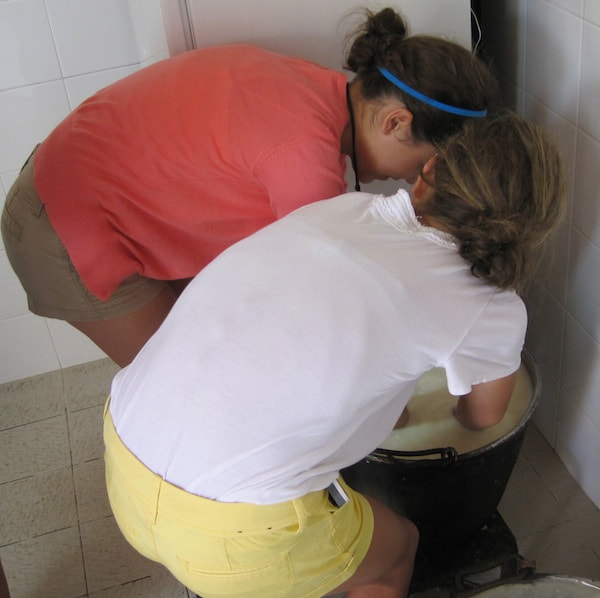

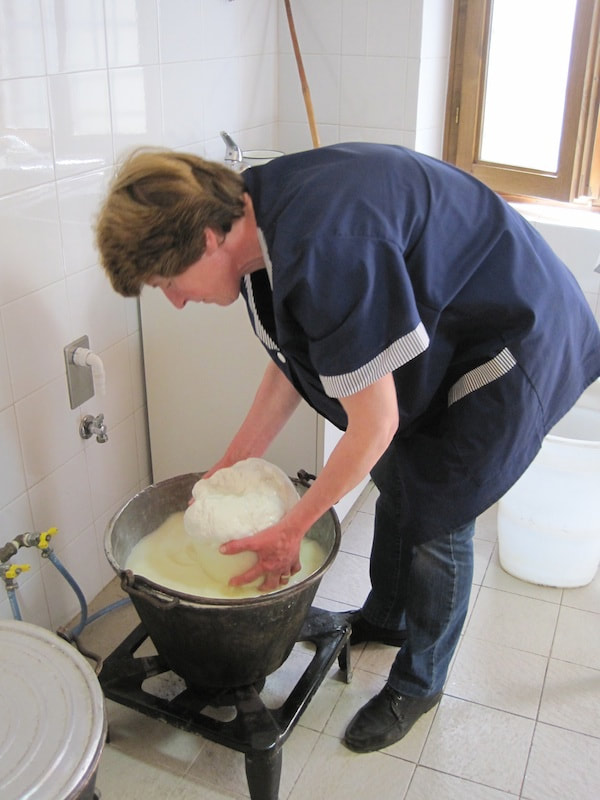
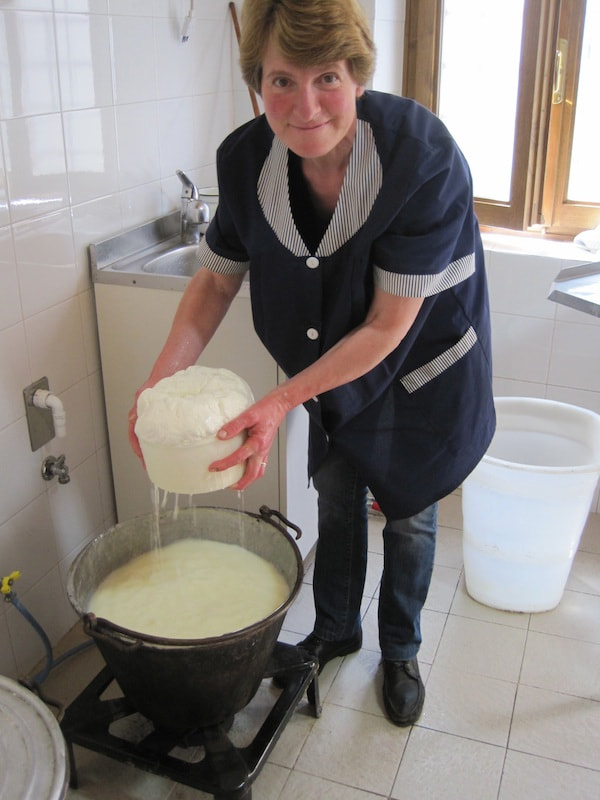
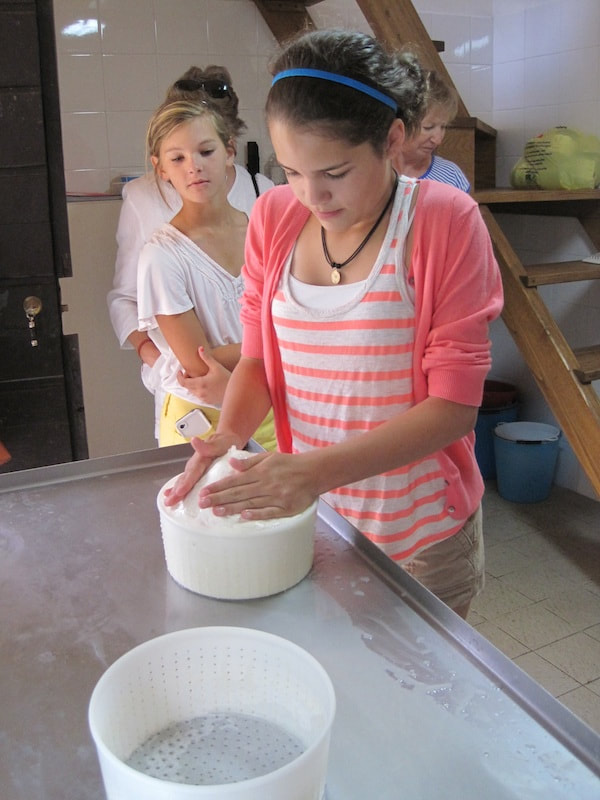

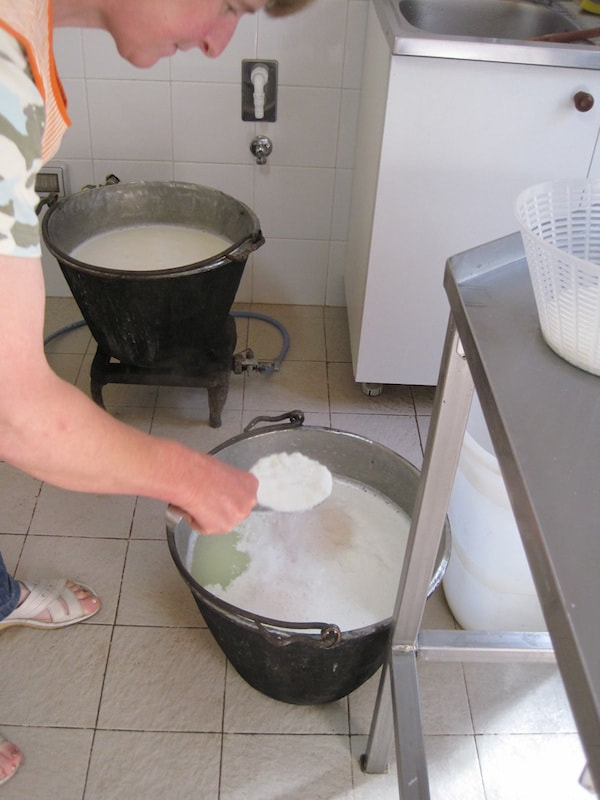
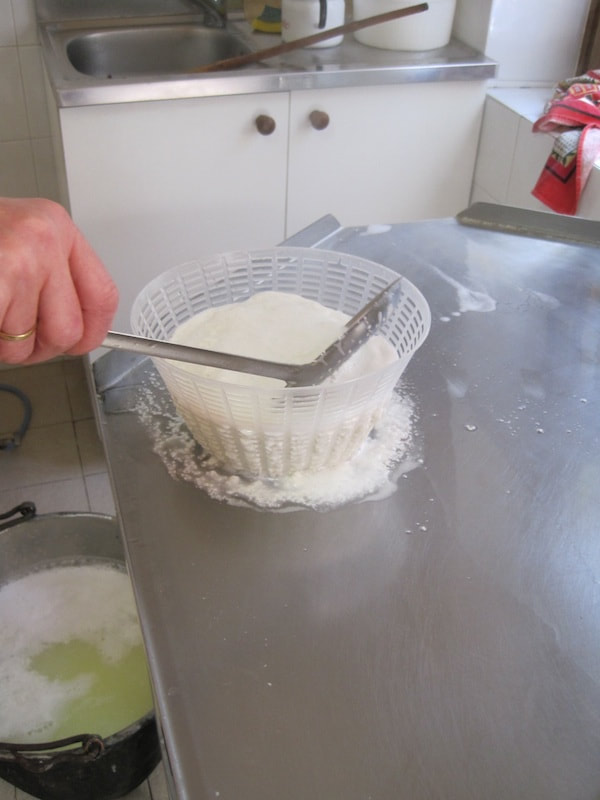
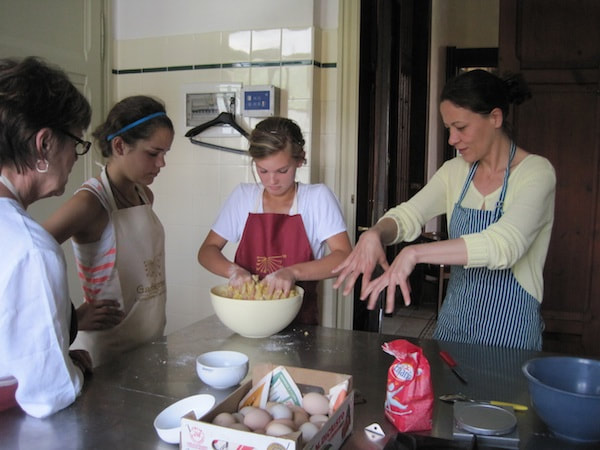
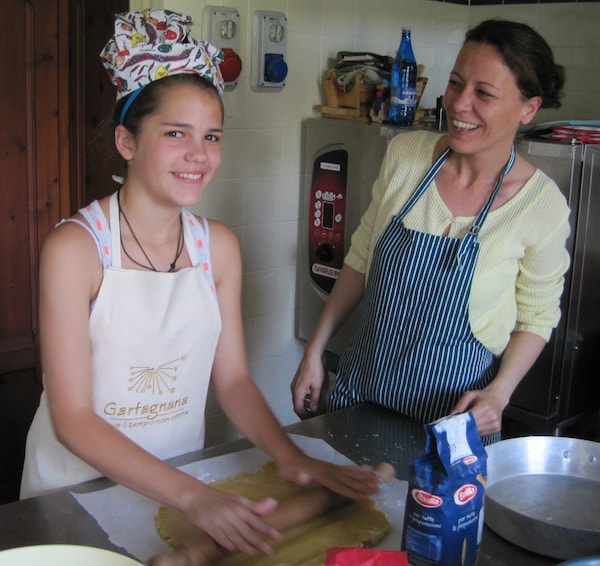
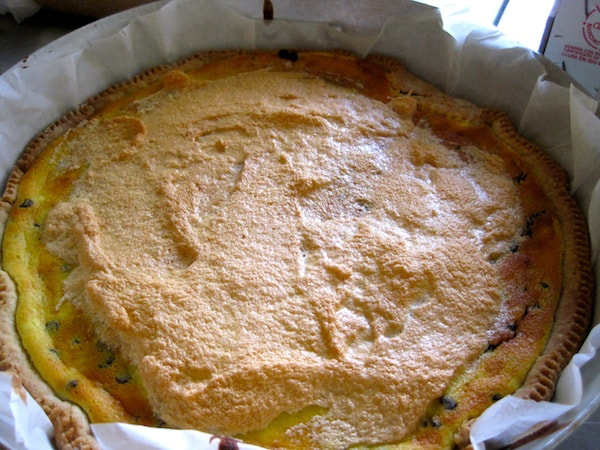
 RSS Feed
RSS Feed



